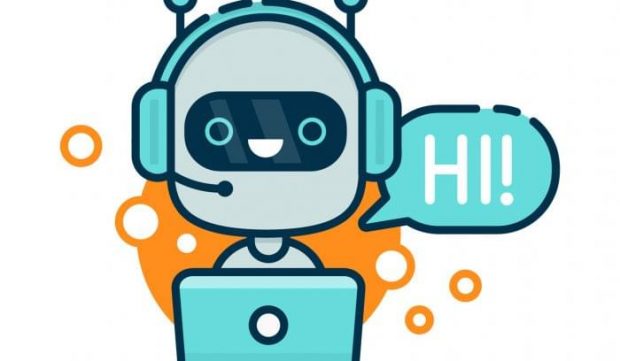I began the year with a strong desire to continue my research into RALL, and while that is still the case, my research has lead me to investigate the benefits and pedagogical potential of using chatbot teachers to assist in language learning.
The research examines the use of a speech-to-speech interface as the language-learning tool, designed with the specific intention of promoting oral interaction in English. The computer (chatbot) will assume the role of conversational partner, allowing the learner to practice conversing in English. A retrieval-based model will be used to select appropriate output from predefined responses. This model will then be mapped onto a gamification framework to ensure an interesting and engaging interactional experience.
Speech is one of the most powerful forms of communication between humans; hence, it is my intention to add to current research in the human-computer interaction research field to improve speech interaction between learners and the conversational agent (the chatbot) in order to simulate human-human speech interaction.

